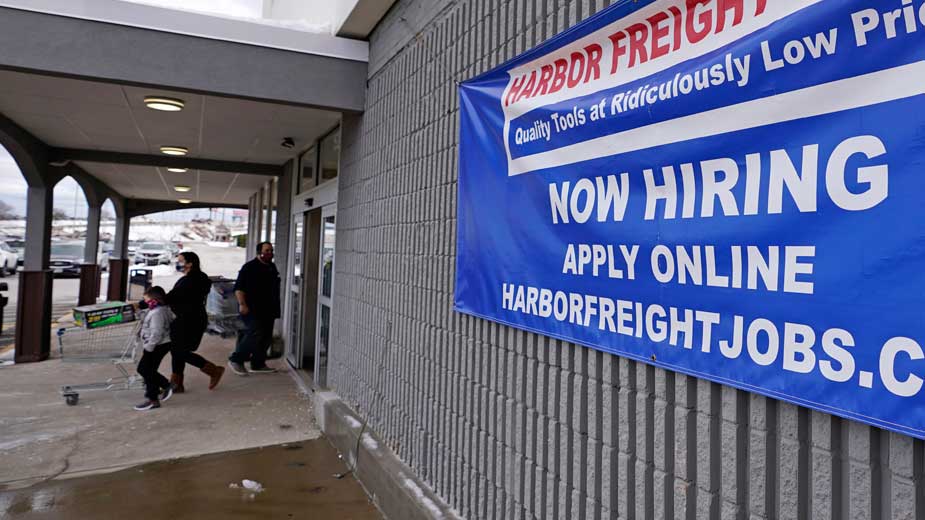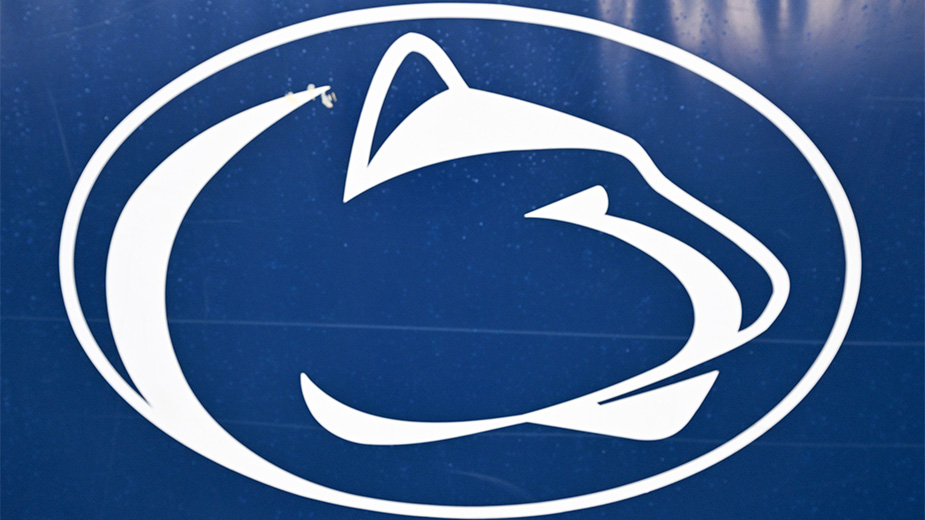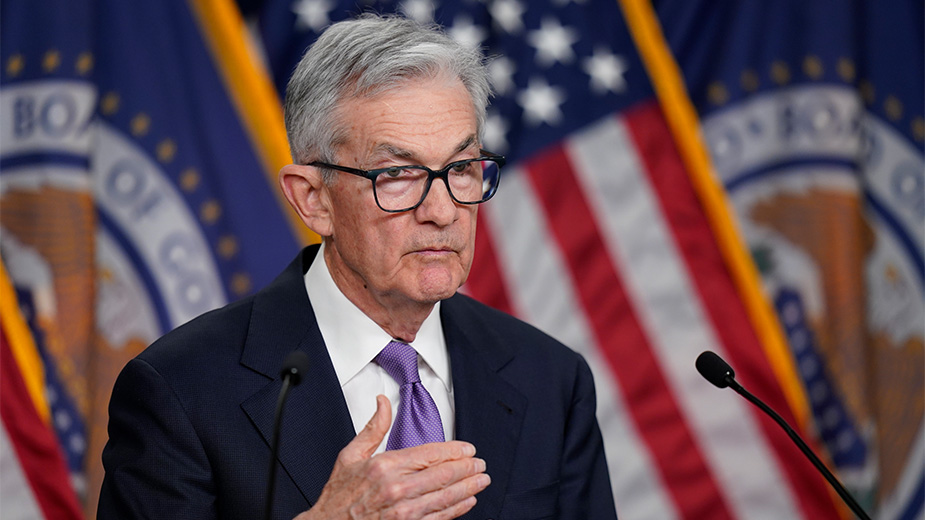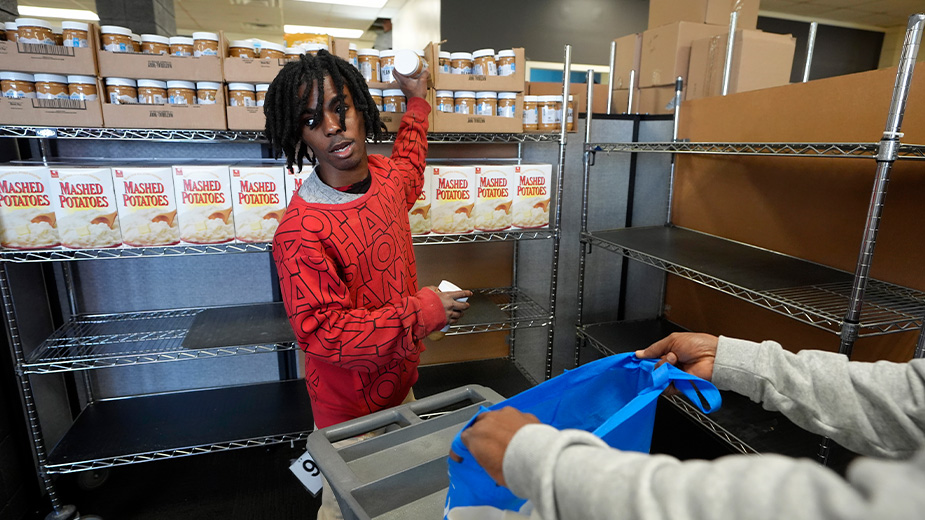US Hiring May Have Risen Last Month in a Sign of Resilience
By CHRISTOPHER RUGABER AP Economics Writer
WASHINGTON (AP) — America’s employers may have stepped up their hiring last month after a slowdown in August. But COVID-19’s fingerprints will likely still be found on the September jobs report being released Friday.
Economists have forecast that employers added 488,000 jobs last month, according to data provider FactSet. That’s about half the gains in both June and July, when a sharp drop in new infections spurred more traveling, shopping and spending, but well above August’s sluggish growth of 235,000 jobs. The unemployment rate is expected to have dropped from 5.2% to 5.1%.
During August, the delta variant caused a sharp pullback in hiring among restaurants, bars, hotels and retail stores, when Americans were reluctant to visit restaurants, bars and shops. Those trends likely remained a factor in September but might have improved as confirmed COVID cases began declining in recent weeks.
A big question surrounding the September hiring report is whether employers managed to find enough people to fill a record-high number of open jobs. As the spread of vaccinations accelerated earlier this year and more Americans ventured out, companies were caught flat-footed as customer demand soared much faster than they expected. At the same time, many of their former employees had dropped out of the job market to care for children at home or because higher stock prices and home values allowed older workers to retire early.
The demand for workers remains intense: The employment website Indeed says the number of job postings, which was flat in August compared with July, rose again last month, particularly for warehouse jobs and positions in human resources.
Yet to an extent that has surprised economists, many people who lost or quit their jobs during the pandemic recession have yet to look for work again. People out of work aren’t counted as unemployed by the government unless they’re actively searching for jobs.
Expectations that more applicants would flow into the job market in September as schools reopened and federal unemployment benefits ended have dimmed. A key reason is that coronavirus cases stemming from the delta variant remain high, although the pace of confirmed infections has slowed.
Several enhanced unemployment benefits ended in early September, including a $300-a-week federal supplement as well as programs that, for the first time, covered gig workers and people who were jobless for six months or more. So far, the ending of those programs appears to have had only a small effect on the number of people seeking work.
Governors in about 25 states ended the $300 benefit before the nationwide expiration in September. Research by economists at Goldman Sachs found that unemployed people who were looking for work were much more likely to take jobs when their benefits ended. But the early cut-offs did not cause people on the sidelines to start searching again, Goldman concluded.
Most recent economic data suggest that the economy has been more resilient during the delta outbreak than during earlier COVID waves. Americans spent more money in August, though a big chunk of their spending shifted online.
At the same time, much of that spending reflected higher inflation, which has jumped as supply chain bottlenecks have raised the price of new cars, furniture and many electronics and appliances. Most economists forecast that the economy grew at an inflation-adjusted annual rate of 3% or even less in the July-September quarter, down from 6.7% in the preceding three months. Most still expect a bounce-back in the final three months of the year.
There are signs that hiring picked up later in September, which might not be captured in Friday’s report. That’s because the government compiles its data from surveys that covered the week that ended Sept. 18.
Applications for unemployment benefits fell in the final week of September for the first time in four weeks, the government said Thursday, evidence that job cuts have slowed.
Dave Gilbertson, vice president of UKG, a human resources software company, said that hiring appeared to pick up in the second half of last month as declines in delta cases became more pronounced. UKG tracks shifts worked by hourly employees at its 35,000 member companies.
Their data has pointed to steady improvement in the job market from mid-August, when it reached a low point for the summer, through the end of that month and all through September.
“It’s a trajectory that says we are recovering,” Gilbertson said.
Pictured: In this Dec. 10, 2020, file photo, a “Now Hiring” sign hangs on the front wall of a Harbor Freight Tools store in Manchester, N.H. (AP Photo/Charles Krupa, File)
Copyright 2024 The Associated Press. All rights reserved. This material may not be published, broadcast, rewritten or redistributed.



